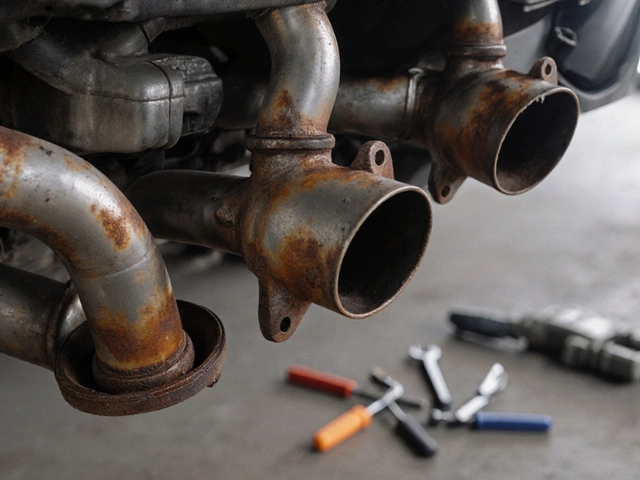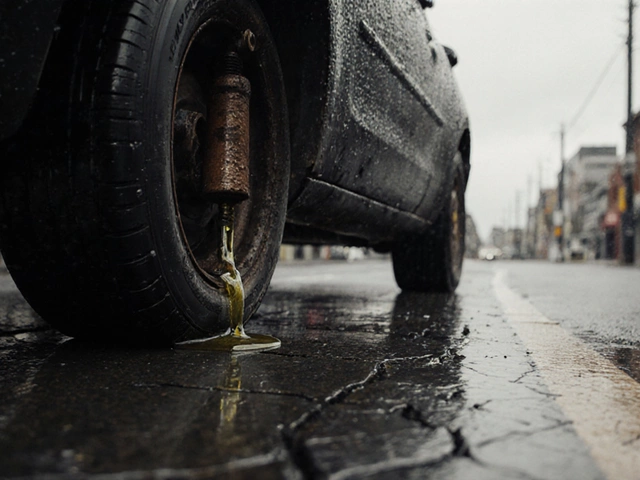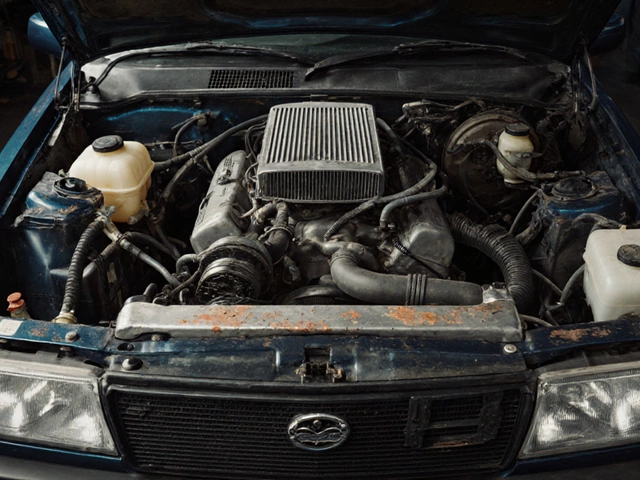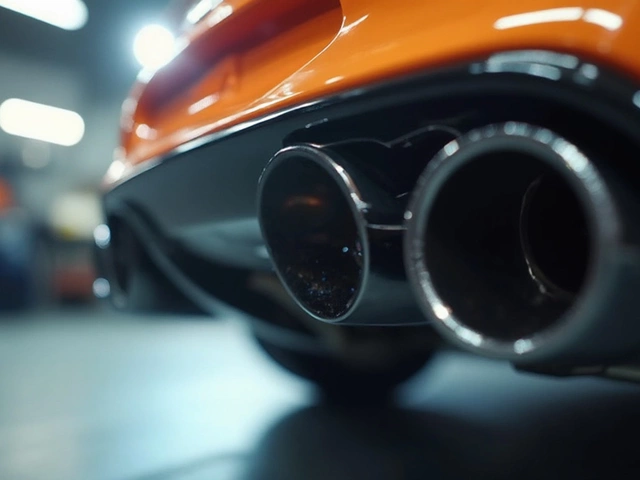Ball Joints: What They Are, How They Fail, and What to Do
When your car makes a loud clunk, a sharp, heavy sound when driving over bumps over a speed bump or pothole, it’s not just noise—it’s a warning. That sound often comes from a failing ball joint, a spherical bearing that connects the control arm to the steering knuckle in a car’s suspension system. Think of it like a human shoulder joint: it lets your wheel move up and down while still turning left and right. Without it, your car wouldn’t steer or absorb road shocks properly. Also known as a spherical joint, a mechanical connection that allows multi-directional movement, this small part holds your front wheels in place and keeps them aligned under stress.
Ball joints don’t last forever. Most wear out between 70,000 and 150,000 miles, depending on road conditions and driving habits. If you drive on rough roads, carry heavy loads, or rarely get an alignment, they’ll go faster. When they start to fail, you’ll notice more than just noise. Your car might pull to one side, your tires will wear unevenly, or the steering could feel loose or wobbly. In extreme cases, a broken ball joint can cause the wheel to detach—something no driver should ever risk. That’s why checking them isn’t optional. Mechanics often inspect them during brake or suspension services, but you can check for play by jacking up the front end and shaking the tire at 3 and 9 o’clock. Any movement beyond a tiny wiggle means it’s time to replace them. Replacing a ball joint isn’t always simple—it often requires a press, special tools, and sometimes even replacing the entire control arm. That’s why many people opt to replace both sides at once, even if only one is bad.
What you’ll find below are real-world guides on how ball joints relate to other suspension parts like shock absorbers, components that dampen spring movement to control bounce, control arms, the arms that connect wheels to the chassis and allow suspension movement, and tie rods, parts that link the steering rack to the wheels. You’ll see how worn ball joints affect tire wear, braking distance, and overall handling. You’ll also find step-by-step checks, cost estimates, and what to look for when buying replacements. Whether you’re hearing strange noises, feeling your car drift, or just want to stay ahead of failure, these posts give you the facts—not guesses—so you know exactly when to act and what to do next.

What Are the Most Common Suspension Repairs?
Learn the most common suspension repairs like worn shocks, ball joints, and struts. Understand the signs, costs, and risks of ignoring these issues for safer, smoother driving.
CONTINUE READING







